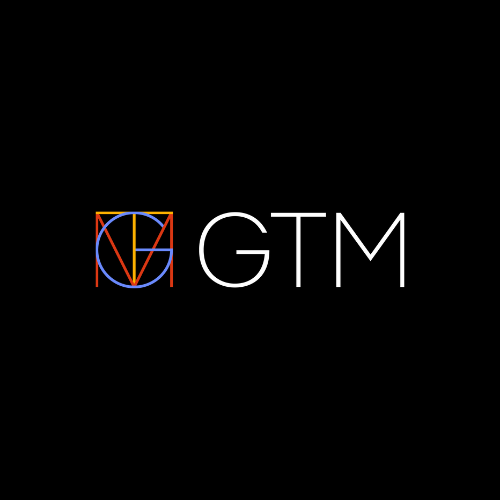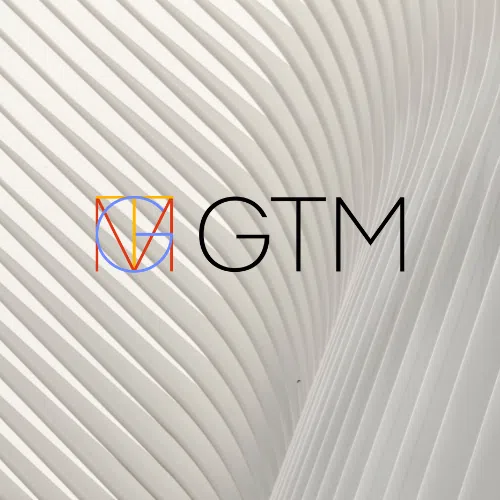In February, the tax court released T.C. Memo 2021-15, Little Sandy Coal Co. V. Commissioner (“Sandy”). The case centered on whether or not the taxpayer met the substantially all requirement for activities making up a process of experimentation. The Court’s decision, although not popular in the R&D community, can and should be a turning point for many companies in how they approach their R&D tax credit claims. It truly is an opportunity to design a modern, efficient, and most importantly, effective, R&D process.
Background: Little Sandy Coal Co. V. Commissioner (“Sandy”)
In order to qualify for federal R&D credits in the United States, a taxpayer’s activities must pass four tests (the “four-part test”). Activities must be:
- technological in nature, meaning they rely on the principals of biology, chemistry, physics, engineering, or computer science;
- intended to eliminate a technological uncertainty at the outset in capability, methodology, or appropriate design;
- for the purpose of developing or improving a business component; and
- conducted substantially all (80% or more) through a process of experimentation (“POE”) designed to evaluate multiple alternatives.
When defining the “substantially all” requirement Treas. Reg. §1.41-4(a)(6) states that it is satisfied if “80 percent or more of a taxpayer’s research activities, measured on a cost or other consistently applied reasonable basis (and without regard to section 1.41-2(d)(2)), constitute elements of a process of experimentation” (emphasis added). Taxpayers have used this language to rely on total qualified costs compared to overall costs as a basis for meeting the 80% requirement. Qualified research expenses (QREs) include:
- Wages of those directly conducting R&D activities
- Wages of those directly supporting and/or directly supervising R&D activities
- Supplies used in R&D
- Contract research costs associated with the R&D, and
- Leased computer time associated with R&D
Often, with large-scale product and process development, the qualified costs of the people directly engaged in the R&D activity are significantly outweighed by the other potentially qualified costs. It is common for necessary material, supervisory, and support costs to be much higher than direct wages while developing new products and processes. Taxpayers have generally used all qualified costs required to conduct experimentation as part of the numerator in calculating the 80% requirement for the substantially all test. In Sandy, however, the court ruled that only the wages of those directly engaged in the POE can be included in the numerator, therefore the business components in question did not meet the 80% POE test and did not qualify.
There was little dispute that qualified activities were taking place, the problem was in substantiating that 80% or more was through a POE. For companies claiming R&D tax credits relying on support, supervisory, supply, and contractor costs to make up the more than 80% this case creates a problem.
But is the problem insurmountable?
No!
The solution is to take a different approach, and there are a few options including:
- Electing to use the ASC 730 Directive if eligible
- Refocusing your survey structure to focus on the POE
- Using a “pseudo-730” approach,
Let’s look at these one at a time.
Elect to Use the ASC 730 Directive
If you are an LB&I taxpayer with US GAAP audited financial statements that include a line item or note for R&D costs, you can elect to use this directive. The directive allows you to use your book R&D number as your starting point for your QREs and then follow a prescribed path to reach a final number. In short, it limits what the IRS can ask for during an exam and gives certainty to the taxpayer about their R&D tax credit.
How does this relate to Sandy? If using the directive, the QREs claimed under the directive do not get scrutinized on a business component level as they may traditionally when not using the directive. You can avoid all of the ramifications and risks of Sandy because the IRS exam team is limited to requesting only the documentation and substantiation as required by the directive. It’s an easy answer.
An added benefit of electing to use the ASC 730 directive is that much of the process – if designed correctly – can be automated, significantly reducing the annual effort to assemble the claim. We’ve written about this previously, and it’s worth another look.
Refocus Your Survey Structure to Focus on the POE
The best way to sum this up is to give the IRS what it wants.
Traditionally companies have taken a survey approach to gathering QRE information. The survey is, generally speaking, a list of four-part test questions sent to engineers, scientists, and software developers. The language is tax technical language taken directly from the regulations and law, and as such is foreign to the audience receiving it. Companies then hope to get responses and spend a considerable amount of time chasing them down, explaining the meaning, and hoping for either the best, or just the end. The end result is often a list of employee names with a “qualified %” column and a “non-qualified %” column. There is nothing that indicates what is part of a POE and what isn’t. Needless to say, this is not the most effective approach.
An alternate approach is to focus the survey and substantiation specifically on the POE. Designing the process around the POE ensures that the language of the survey matches the development process with which your employees are familiar. In addition, substantiation is directly related to the stages of the POE and directly on point with the four-part test even if not explicitly expressed that way. When the IRS asks about POE activities, you’ll have the answers at the ready.
Another consideration in survey design is the identification of non-traditional R&D personnel and departments involved in the POE. A properly designed survey will describe the POE in such a way as to identify ALL departments that contribute on a technical level at the stage of development they contribute, not just R&D departments. By identifying these non-traditional contributors, you ensure that their costs are included and substantiated in the claim.
The bottom line is that you get faster, more thorough, and more accurate results. If designed properly, you will have QREs focused specifically on the POE and preempt any “substantially all” questions.
Use a “Pseudo-730” Approach
The ASC 730 Directive is based on the idea that traditional R&D personnel are conducting R&D activity. This approach is based on the same concept.
If your company is not eligible to use the ASC 730 directive, or chooses not to, all is not lost. For the most part, the IRS recognizes that engineers perform engineering work, scientists do scientific research, and software developers develop software. The IRS, with the help of some court decisions (e.g., Suder v. Commissioner), also recognize that this work, generally speaking, is qualified work. They don’t want to spend a lot of time examining this type of work, and taxpayers don’t want to spend a lot of time substantiating this type of work.
An R&D tax credit methodology that identifies the core R&D personnel, sanity checks that they are doing what they’re supposed to be doing, and collects POE focused substantiation associated with the development of business components – as per #2 – can minimize the time spent documenting traditional R&D personnel and maximize time spent documenting non-traditional R&D personnel. It is a similar approach to #1 but more flexible in that there are no prescribed steps to take. Time is spent on value added additions to your claim, rather than documenting personnel who really couldn’t be doing anything other than R&D.
Putting it All Together
The Sandy decision is a decision that may impact companies that claim credits using a bottom-up, project-focused approach. By flipping the approach around and looking at POE activities first, companies can use a combination of #s 1 and 2, or 2 and 3 above to design and implement a process that is more efficient, yields better results, and provides better substantiation. The great thing about making this change is that if done correctly, automation can be introduced to greatly reduce the effort in future years.
Imagine… self-calculating, self-substantiating claims. We can help you get there.





